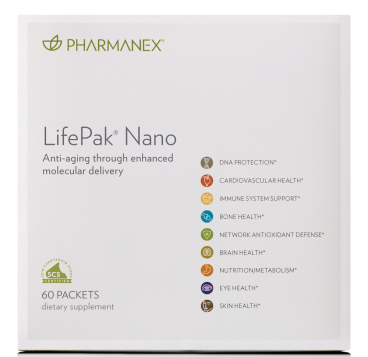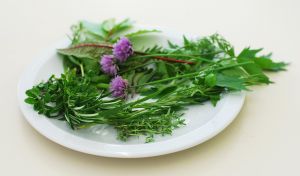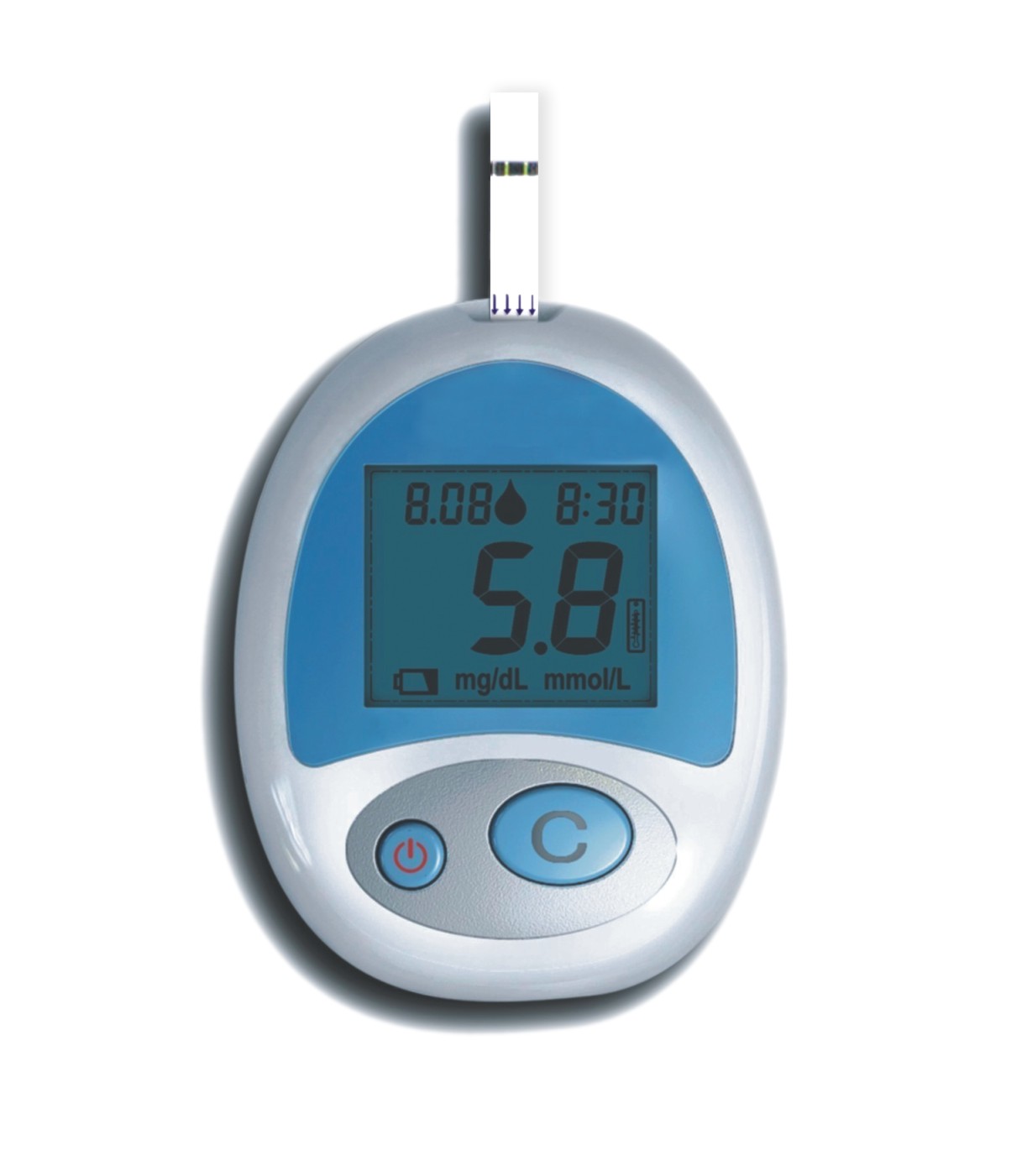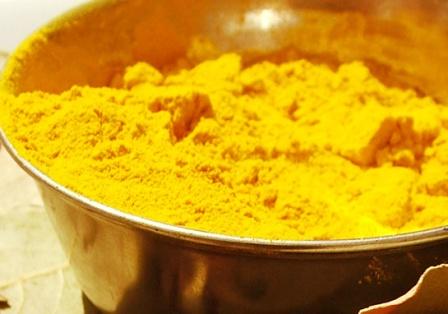I was surprised when 4 of the 5 nationally recognized CAM specialists I consulted with asked me to take high doses of Melatonin (15 - 18 mg) as part of my supplement regimen. You have to build the dose gradually, starting with 2 mg /night.
I didn't have problems with sleep then, but was educated as to why this was an important addition for cancer prevention. There is little reason not to add Melatonin to your diet. It has been shown to be safe up to those levels. The only caution is if you are also taking sedative medications like clonazepam (Klonopin), lorazepam (Ativan), phenobarbital (Donnatal), zolpidem (Ambien). For other mild drug interactions, click here.
What is Melatonin?
The hormone melatonin, is found in a great variety of organisms. Melatonin is produced in humans by the pineal gland. The plant derived form, phytomelatonin, is sold as a dietary supplement in the United States and is used by some CAM practitioners in the treatment of cancer patients.
Long known for its ability to regulate the body`s natural circadian rhythms, melatonin is rapidly emerging as a powerful agent in the fight against brain aging and neurologic deterioration. Melatonin effectively protects both lipids and proteins from free radical damage as it easily crosses the blood-brain barrier. The production of melatonin decreases with age and oxidation slowly diminishes the normal electrical communication patterns seen in a healthy brain.
The result of a study published in the Behavioral and Brain Functionsjournal found that patients suffering from neurologic disorders such as Parkinson`s and Alzheimer`s disease were deficient in circulating levels of melatonin.

What does it Do?
Circadian organization of the host-cancer balance is important to cancer prevention, screening, diagnosis, and treatment.
Both melatonin and chronotherapy have been studied for many years but, despite largely positive findings, have not been brought into mainstream cancer therapy.
All living organisms are organized in biological time, and melatonin, a hormone secreted mainly by the pineal gland, is an important part of this scheme. In the human light-dark cycle, melatonin peaks every 24 hours, between 2 a.m. and 3 a.m.
The light-dark cycle helps synchronize the activity of the central biological clock. It is also a new member of an expanding group of regulatory factors that control cell proliferation and loss, and is the only known chronobiotic hormonal regulator of neoplastic cell growth (a cell that is part of tumor).
At physiological concentrations, melatonin suppresses cell growth and multiplication and inhibits cancer cell proliferation in vitro through specific cell-cycle effects. At pharmacological concentrations, melatonin suppresses cancer cell growth and multiplication.
Unique Property of this Antioxidant
The Blood-Brain Barrier is a mechanism that controls the passage of substances from the blood into the cerobrospinal fluid and thus into the brain and spinal cord. The blood-brain barrier (BBB) lets essential metabolites, such as oxygen and glucose, pass from the blood to the brain and central nervous system (CNS) but blocks most molecules that are more massive than about 500 daltons. This means that everything from hormones and neurotransmitters to viruses and bacteria are refused access to the brain by the BBB. It also means that many drugs, which would otherwise be capable of treating disorders of the CNS, are denied access to the very regions where they would be affective.
Key functions of the BBB are:
- Protecting the brain from "foreign substances" (such as viruses and bacteria) in the blood that could injure the brain
- Shielding the brain from hormones and neurotransmitters in the rest of the body
- Maintaining a constant environment (homeostasis) for the brain
Melatonin is an antioxidant that can easily cross cell membranes and the blood–brain barrier.reference
Melatonin is a direct scavenger of OH, O2−, and NO.[5] Unlike other antioxidants, melatonin does not undergo redox cycling, the ability of a molecule to undergo reduction and oxidation repeatedly. Redox cycling may allow other antioxidants (such as vitamin C) to act as pro-oxidants, counterintuitively promoting free radical formation. Melatonin, on the other hand, once oxidized, cannot be reduced to its former state because it forms several stable end-products upon reacting with free radicals. Therefore, it has been referred to as a terminal (or suicidal) antioxidant.
Melatonin Shown to Lower Cancer Risk by 34%
Melatonin has been shown to be effective in the fight against many cancer lines including those affecting the liver, breast, prostate, lung and brain. Melatonin is a powerful and versatile antioxidant that is naturally secreted by the pineal gland at night during total darkness. The natural nutrient can scavenge the most dangerous free radicals that are known to result in genetic deletions that dramatically increase the risk of many cancers.
The result of a meta-analysis of ten studies released in the Journal of Pineal Research demonstrated that melatonin is able to lower the risk of many cancer lines by up to 34%. Researchers found that this protection resulted across all dosage ranges and there were no adverse effects reported. The lead author concluded, "The substantial reduction in risk of death, low adverse events reported and low costs related to this intervention suggest great potential for melatonin in treating cancer."
Research
Researchers at Harvard evaluated 147 people with invasive breast cancer and 291 without cancer as part of the Nurses Health Study. They took a morning urine sample and measured melatonin levels via a melatonin by-product called 6-sulphatoxymelatonin. The researchers found women with the highest melatonin had the lowest risk of cancer.
Spanish researchers evaluated melatonin supplements as a treatment for rats with advanced and untreated breast tumors. Melatonin given daily significantly increased survival in animals. The researchers concluded that the results strongly suggest that melatonin is beneficial during advanced breast cancer, because it increases survival time.
Additional Reading:
- Mills E, Wu P, Seely D, Guyatt G. Melatonin in the treatment of cancer: a systematic review of randomized controlled trials and meta-analysis. J Pineal Res. 2005 Nov:39(4):360-6.
- Saez MC, Barriga C, Garcia JJ, Rodriguez AB, Masot J, Duran E, Ortega E. Melatonin increases the survival time of animals with untreated mammary tumours: Neuroendocrine stabilization. Mol Cell Biochem. 2005:278(1-2):15-20.
- Markesbery W: Oxidative stress hypothesis in Alzheimer's disease. Free Radic Biol Med 1997, 23:134-147. PubMed Abstract.
- Reiter RJ: Oxidative damage in the central nervous system: protection by melatonin. Prog Neurobiol 1998, 56:359-384. PubMed Abstract


- Poeggeler B, Saarela S, Reiter RJ, Tan DX, Chen LD, Manchester LC, Barlow-Walden LR (November 1994). "Melatonin--a highly potent endogenous radical scavenger and electron donor: new aspects of the oxidation chemistry of this indole accessed in vitro". Ann. N. Y. Acad. Sci. 738: 419–20. DOI:10.1111/j.1749-6632.1994.tb21831.x. PMID 7832450.













